1. Grand Teton National Park, Wyoming
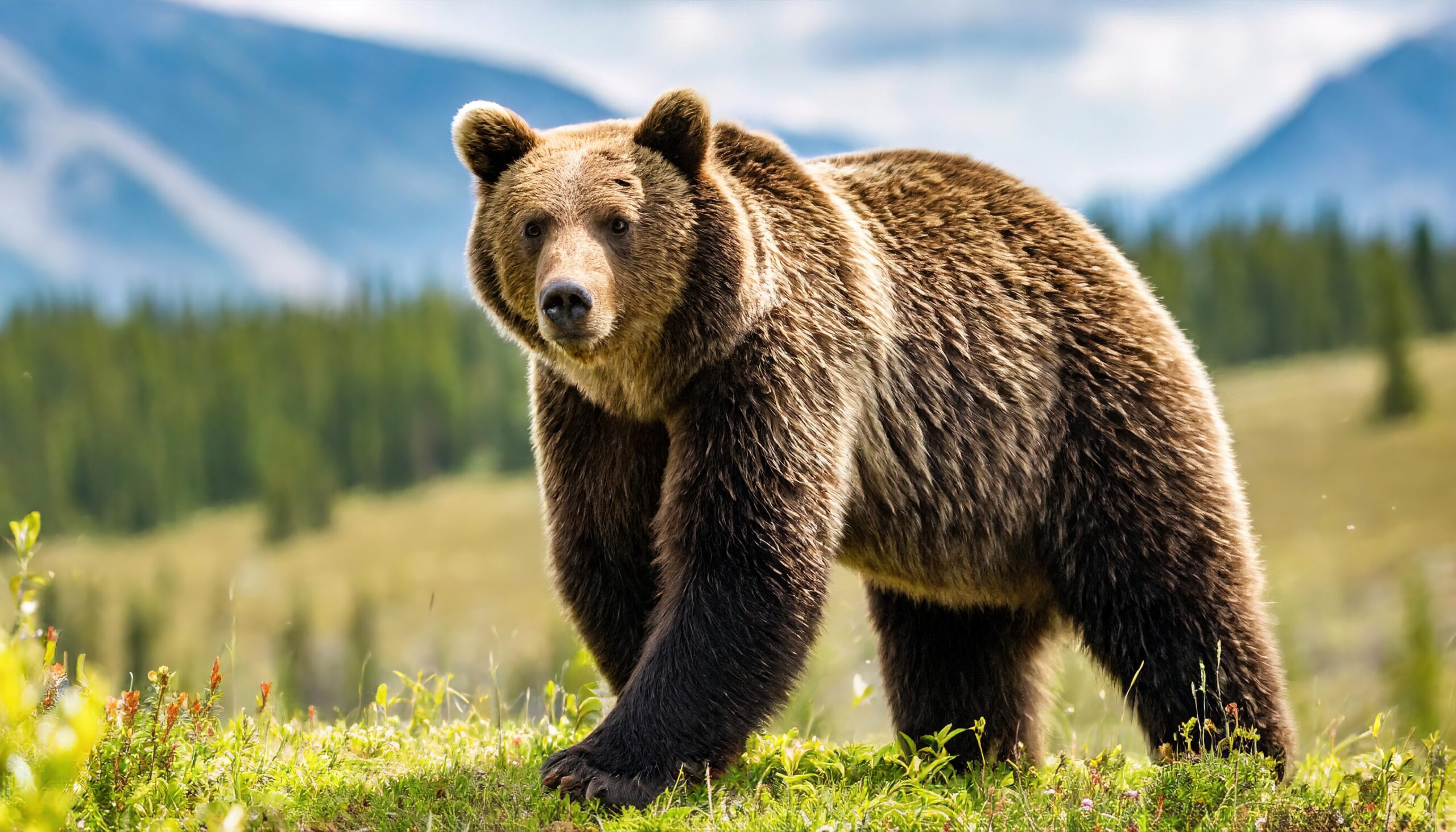
With its rugged landscapes and abundant wildlife, Grand Teton is grizzly country through and through. Bears here are wild and unpredictable, especially when they’re searching for food in early spring and late fall. Moose also call the Tetons home. They may look harmless but are surprisingly aggressive if you get too close, especially mothers protecting their young.
2. Glacier National Park, Montana
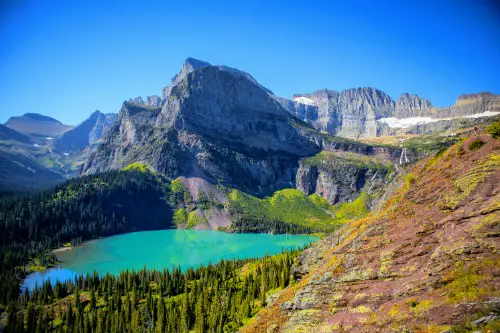
Another bear-heavy park, Glacier has seen its share of grizzly encounters. Many trails cut right through bear territory, so it’s essential to hike with groups and make noise to alert the animals of your presence. Mountain lions also roam these mountains, and while they’re elusive, encounters aren’t unheard of. You might feel watched even if you never spot one.
3. Great Smoky Mountains National Park, Tennessee and North Carolina

The Smokies might seem gentle, but black bears roam these misty forests in high numbers, and incidents with aggressive bears aren’t rare. Feeding wildlife is strictly prohibited for a reason. Coyotes and venomous snakes add to the list of potentially dangerous encounters here, making it a good idea to stay aware of your surroundings.
4. Yellowstone National Park, Wyoming, Montana, Idaho
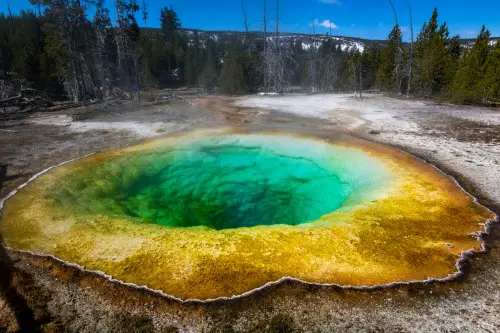
Yellowstone tops the list because of its thriving grizzly and black bear population. Hikers and campers are constantly advised to carry bear spray, keep food properly stored, and stay on high alert. The bison here, though seemingly calm, have been known to charge visitors who get too close. And, oh, did I mention the elk? These seemingly docile animals can turn aggressive, especially during mating season.
5. Denali National Park, Alaska
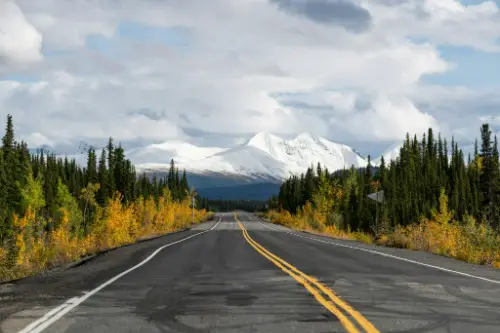
If you love remote wilderness, Denali might call your name, but don’t be fooled—it’s a wild place in every sense. Grizzlies, wolves, and moose roam freely here, often crossing paths with hikers. Moose are responsible for more injuries than bears, so keep your distance. Alaska’s vast tundra also means spotting animals is often difficult, leaving people accidentally too close before they even realize.
6. Everglades National Park, Florida
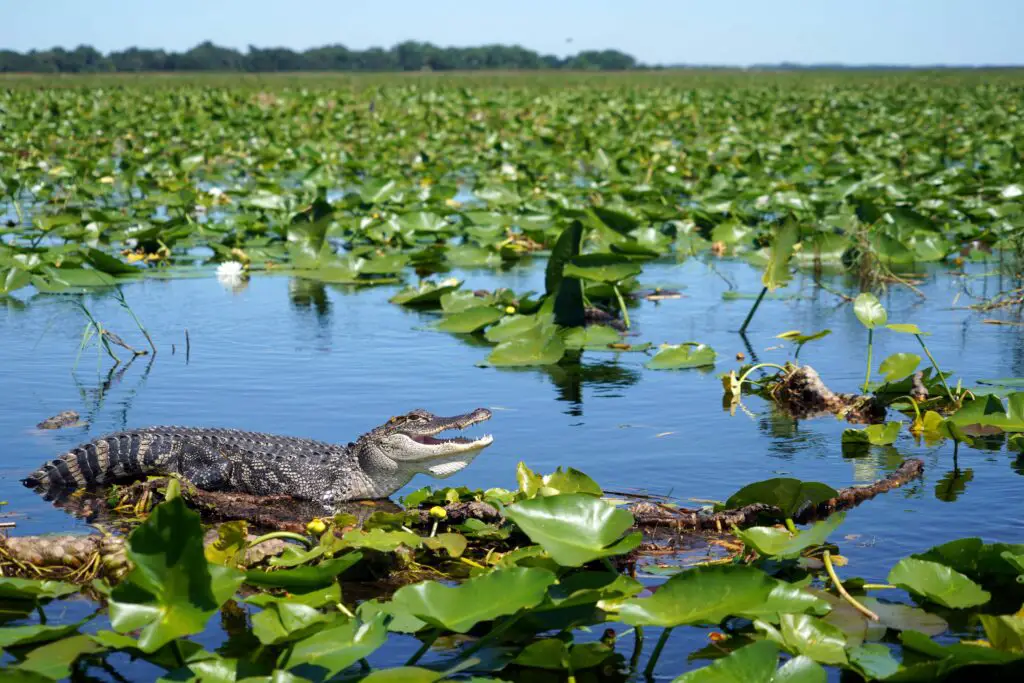
Alligators and crocodiles are the stars of the Everglades, and they don’t appreciate trespassers in their swampy home. There’s also a growing population of invasive Burmese pythons that pose a real risk. Even bobcats and panthers are on the prowl, making the Everglades a true “wild card” for wildlife encounters. Keeping an eye out at all times is crucial here.
7. Katmai National Park, Alaska
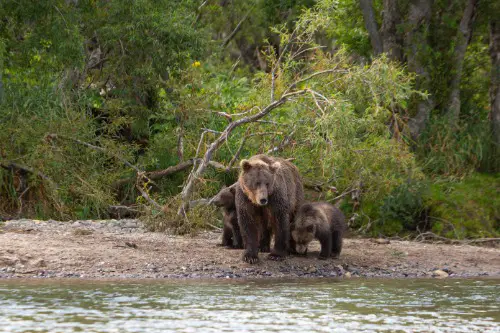
Known for its salmon runs, Katmai attracts one of the densest populations of brown bears in the world. These bears are busy fishing in rivers, and visitors often come in close contact to observe the spectacle. But too close can be dangerous, especially if you happen to cross paths with a mother bear and her cubs. Katmai’s bears are wild, not performers!
8. Rocky Mountain National Park, Colorado
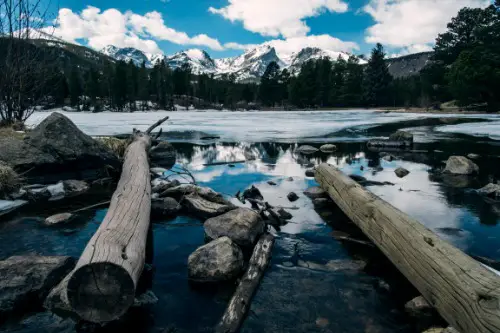
Bears and mountain lions roam the Rockies, but it’s the elk that often surprise visitors. During the autumn rut, or mating season, bull elk can become highly aggressive, charging anything they perceive as a threat. Combine that with occasional bear sightings, and it’s easy to see why hikers need to be cautious here.
9. Olympic National Park, Washington
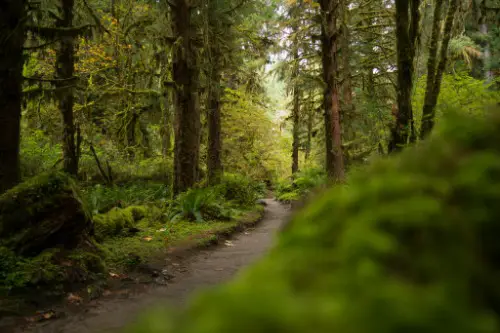
This lush park is home to black bears, mountain lions, and even unpredictable mountain goats. Mountain goats, believe it or not, have been known to injure hikers who stray too close. While less overtly dangerous than some other parks, the variety of wildlife and dense foliage make for potentially tense encounters.
10. Big Bend National Park, Texas
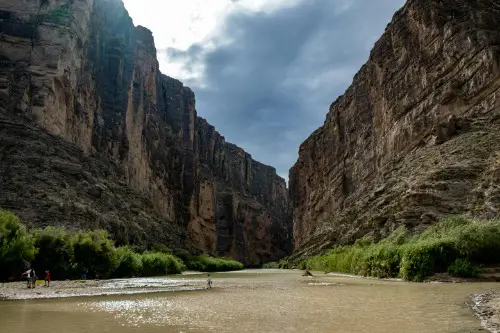
In Big Bend, venomous creatures like rattlesnakes and scorpions make up the danger factor. Coyotes and mountain lions are also present, and though they’re shy, they have attacked people in rare instances. The arid environment means that animals are often closer to water sources, bringing them uncomfortably close to human campsites.
11. Wrangell-St. Elias National Park, Alaska

This vast park is one of the wildest in the U.S., with grizzlies, black bears, and even wolves roaming its untamed landscapes. Its remoteness means fewer visitors and less infrastructure, which makes close encounters with wildlife more common and sometimes harder to avoid. Here, being prepared is more than a good idea—it’s essential.
12. Sequoia National Park, California
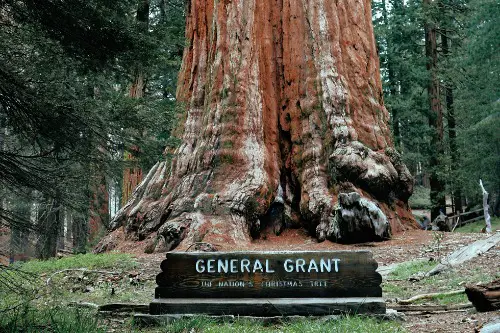
Sequoia is known for its towering trees, but black bears roam these woods, too, often getting into campsites in search of food. The high number of campers and close proximity to bear habitats mean more potential for surprise encounters. Rattlesnakes also live here, particularly in the drier, lower elevations.
13. Yosemite National Park, California
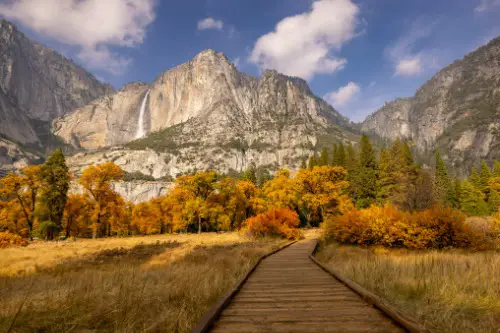
With a healthy black bear population, Yosemite has long had issues with “problem bears” that get too close to humans. Hikers have even reported bears on trails. While bear-related incidents have decreased thanks to better food storage policies, the potential is still there. Coyotes and mountain lions also live in Yosemite’s forests, adding an extra layer of unpredictability.


